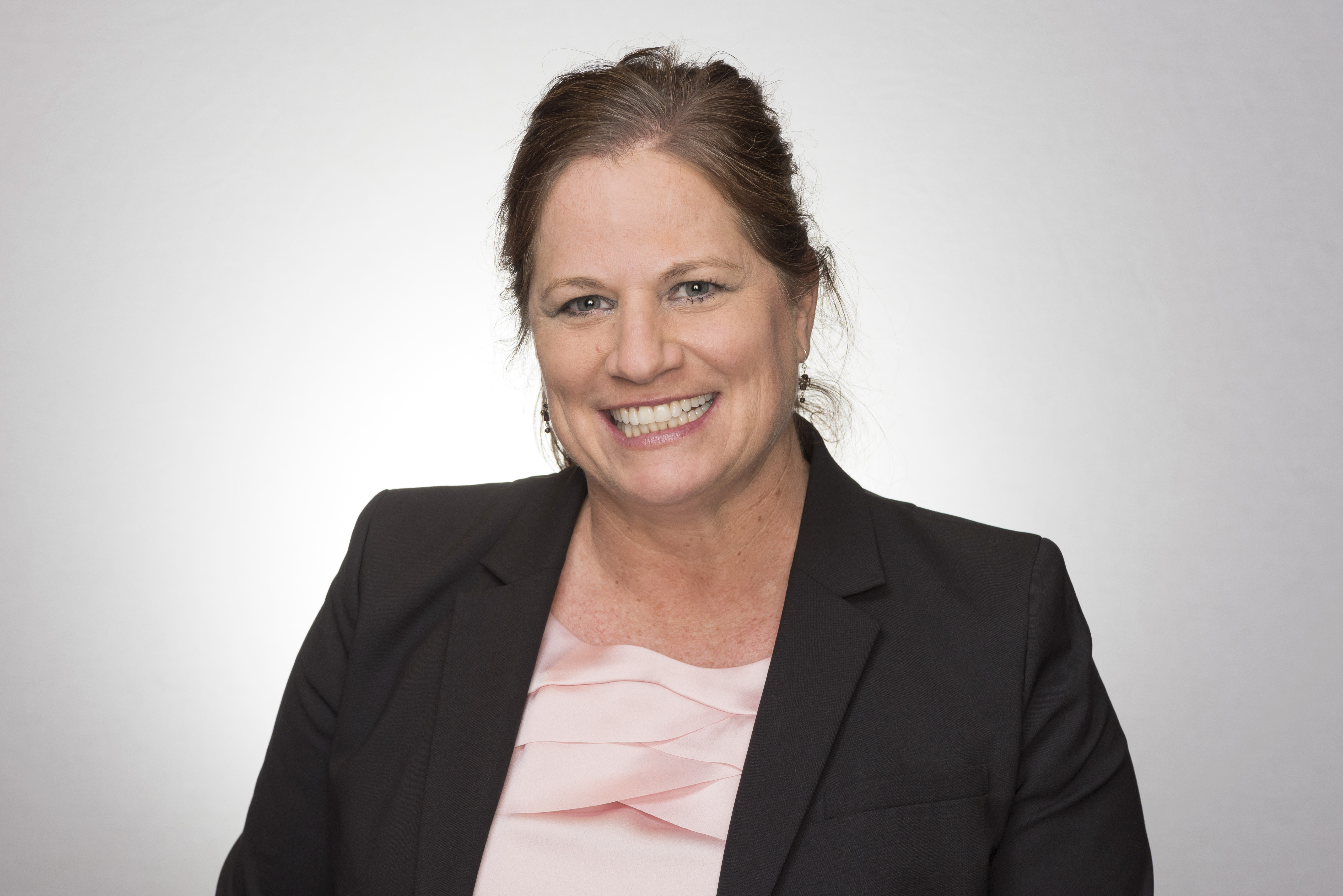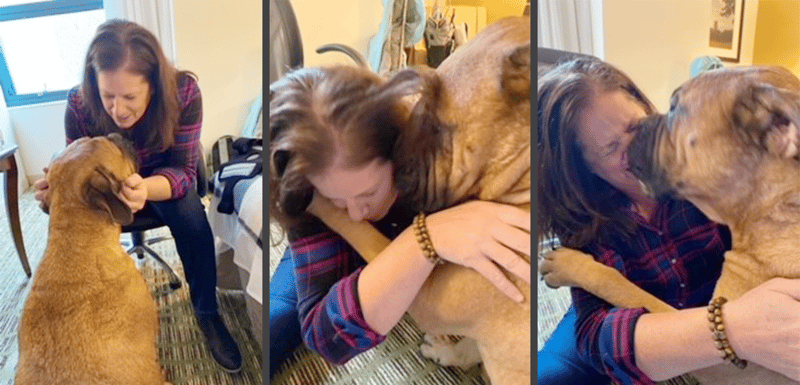
Welcome to part one of a four-part series where I share my experience of helping the loveable Brutus with the help from the amazing O&P technology students from St. Petersburg College.
About Brutus
Brutus is a very active, two-year-old, 108 lb. male bullmastiff and Certified Service Dog. He loves hiking, trail walking, running, snuggling with his cat brother, Bandit, playing with his favorite ball, hunting, playing in the snow, and doing general dog stuff.
According to dogtime.com, bullmastiffs are a large-sized formidable guard dog and can mature up to 130 lbs. Because of their large stature and high activity abilities, their risk for cranial cruciate ligament injuries (tears or ruptures) is high.
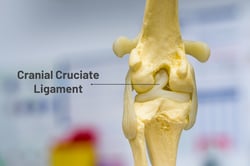 Cranial cruciate ligaments are two bands of tissue within each stifle knee joint that joins the femur and tibia.
Cranial cruciate ligaments are two bands of tissue within each stifle knee joint that joins the femur and tibia.
Around August 2021, Brutus sustained a right hind-leg knee cranial cruciate ligament tear while hiking along hilly terrain in the Tennessee Mountains with his parents, who are my sister and brother-in-law. This injury caused significant pain and instability to Brutus and was very apparent by his inability to load weight onto his right limb, especially at the time of injury, and the days and weeks to follow. Brutus’s veterinarian suggested surgical repair of the torn cranial cruciate ligament or the option for knee bracing to provide stability to his limb. Because I am a Certified and Licensed Prosthetist Orthotist and member of the SPS Clinical Team, my sister gave me a call.
Initial Evaluation and Assessment
Upon initial evaluation, I understood Brutus was still experiencing pain in his right hind leg by his inability to bear weight fully through his limb. He was also guarded to touch, so I had to work some magic with a pocket full of treats and some good ‘ole fashioned hugs and kisses. This helped Brutus to gain my trust, not only with touch to create the ability to palpate the limb safely, but in general, to help Brutus understand I was there to help. Brutus communicated this trust and understanding through his body language, eye contact, and kisses. Upon completion of the evaluation, he pushed my hands off of his knee, ever so gently, when he was ready for me to stop examining. We finished the initial evaluation with the sweetest heart-to-heart hugs and kisses.
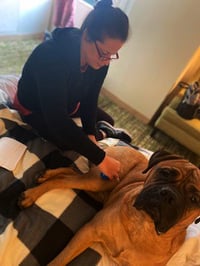 In this picture, I am evaluating Brutus’s right hind leg to identify his boney anatomy and soft tissue composition, and taking several measurements, including limb length, width, and circumferential measurements, to help with the process of creating a custom knee orthosis.
In this picture, I am evaluating Brutus’s right hind leg to identify his boney anatomy and soft tissue composition, and taking several measurements, including limb length, width, and circumferential measurements, to help with the process of creating a custom knee orthosis.
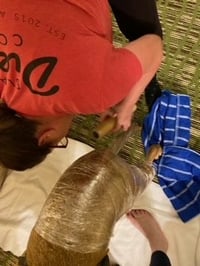
In this picture, I am wrapping Brutus’s hips and right leg with plastic wrap to act as a barrier to protect Brutus’s skin and fur from the elements of the sticky, Techform Casting Tape by Össur used to take a negative impression of his hind leg. I noted that Brutus trusted me enough to tuck his tail away from his injured limb to protect it from being included in the casting process.
It is important to note that Brutus communicated through body language that he was more comfortable standing for this process versus laying down. All in all, a weight bearing position was easier for me to capture Brutus’s anatomy and alignment in order to fabricate his custom knee orthosis.
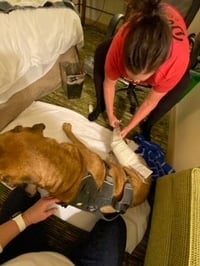
In this picture, I am removing the hardened casting tape, which successfully captured the anatomy of his right hind leg, in a weight bearing position. I reported that Brutus was calm throughout the process, which only took a few minutes to complete.
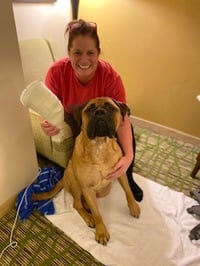
We are seen here, with a successful completion of limb capture. I made sure to give him some extra treats from my pocket, as well as extra hugs and kisses.
Ready for part two? Sign-up for the SPS Newsletter to be notified of the next installment.
See also:
Part 3: Final Delivery of Custom Knee Orthosis for Bullmastiff With Ligament Injury

